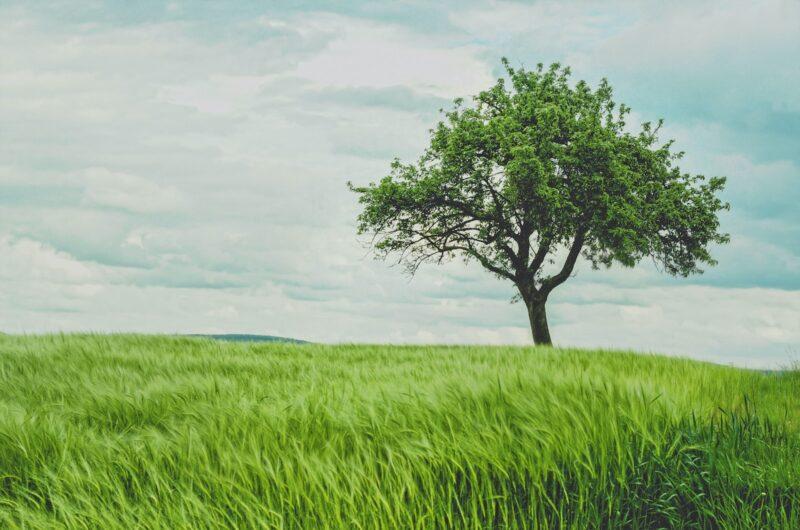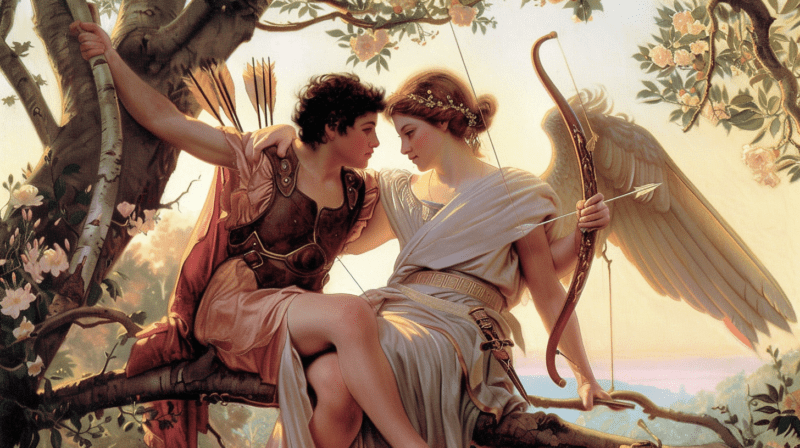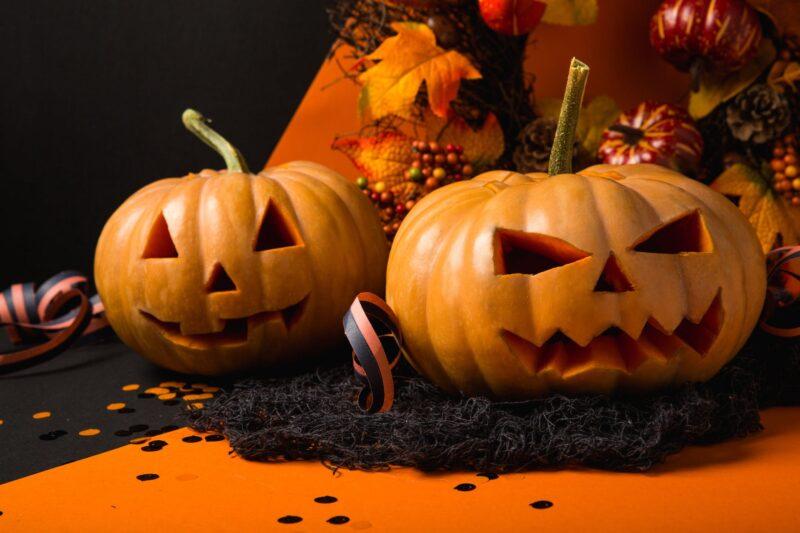The New Year is a significant event celebrated by people all over the world, with each culture having its own unique traditions and customs. In this blog post, we aim to explore the historical origins and mythical associations with New Year celebrations across different cultures.
In many cultures, the New Year is a time for new beginnings, fresh starts, and setting intentions for the year ahead. It is often associated with the ideas of renewal, rebirth, and the passing of time. From the Chinese New Year to the Persian Nowruz and the Hindu Diwali, the New Year is celebrated in various ways and holds different meanings for different cultures.
The historical origins of New Year celebrations can be traced back to ancient civilizations, where the changing of the seasons and the cycles of nature were often marked with rituals and festivities. Many New Year traditions are rooted in mythology and folklore, with stories of gods and goddesses and symbolic rituals that are believed to bring good luck and prosperity for the coming year.
By exploring the significance of the New Year across different cultures, we can gain a deeper understanding of the diversity of human traditions and the universal desire for hope, renewal, and celebration. Whether it’s the fireworks of the Western New Year or the lantern festivals of the Lunar New Year, the New Year is a time for people to come together, reflect on the past, and look forward to the future with optimism and joy.
Ancient Roots of New Year Celebrations
The celebration of the New Year has ancient roots, dating back to early civilizations such as Mesopotamia and Egypt. These ancient cultures had observances of the New Year that were closely tied to agricultural and celestial events.
In Mesopotamia, the New Year was linked to the spring equinox, which marked the beginning of the agricultural year. The Akitu festival was a major celebration that included rituals to ensure a successful harvest and the renewal of the king’s authority.
In Egypt, the New Year was associated with the annual flooding of the Nile River, which brought fertile soil for agriculture. The festival of Wepet Renpet was held to honor the goddess Renenutet, who was believed to bring abundance and prosperity.
The establishment of New Year festivities was deeply connected to the agricultural cycles and celestial events that were vital to the survival of these early civilizations.
Ancient New Year celebrations were diverse and included a variety of traditions and rituals. These could range from feasting and music to religious ceremonies and processions. The celebrations were often a time for people to come together, express gratitude, and seek blessings for the year ahead.
As we ring in the New Year today, it’s fascinating to consider the ancient origins of this tradition and the ways in which it has evolved over time. The agricultural and celestial connections that led to the establishment of New Year festivities continue to be echoed in our modern celebrations.
Mythological Ties to the New Year
It’s interesting to explore the myths and legends associated with this transition in various cultures. In Greek mythology, the New Year is tied to the story of Hades and Persephone, as the return of Persephone from the underworld marked the beginning of spring and the New Year. In Norse mythology, the New Year is associated with the Wild Hunt, a spectral procession led by Odin.
In Chinese mythology, the New Year is linked to the legend of Nian, a monster that would terrorize villages until they discovered that it was afraid of loud noises and the color red. This led to the tradition of fireworks and the color red being used in Chinese New Year celebrations.
These myths are often tied to celestial events, such as the changing of the seasons or the movement of the stars and planets. They also involve various deities and supernatural beings that are believed to influence the New Year.
These myths have had a significant impact on cultural practices and traditions related to the New Year. For example, many New Year’s traditions involve warding off evil spirits or celebrating the return of light and warmth. Understanding the mythological ties to the New Year can provide insight into the cultural significance of this annual transition.
Evolution of New Year Celebrations
The celebration of the New Year has a rich history that spans across different civilizations and time periods. From ancient Mesopotamia to modern-day festivities, the way people welcome the New Year has evolved significantly.
In ancient Mesopotamia, the new year was celebrated during the spring equinox, while the ancient Egyptians celebrated it in conjunction with the annual flooding of the Nile River. The Chinese New Year, on the other hand, is based on the lunar calendar and is celebrated with colorful parades and dragon dances.
Cultural exchanges and globalization have played a significant role in shaping New Year customs. For example, the Roman festival of Saturnalia, which honored the god Saturn, eventually merged with the New Year celebrations. Similarly, the spread of Christianity led to the adoption of January 1st as the New Year’s Day in the Gregorian calendar, replacing the previous dates that were used in different cultures.
Today, New Year celebrations are a blend of traditions and customs from around the world. From the iconic ball drop in New York City to the fireworks in Sydney, the way we welcome the New Year is a testament to the global exchange of ideas and traditions.
As we look forward to the New Year, it’s fascinating to reflect on how these celebrations have evolved over time and how they continue to be influenced by cultural exchanges and globalization.
Symbolism and Traditions
As the New Year approaches, many people around the world partake in various traditions and symbols to celebrate the occasion. From fireworks to resolutions to specific foods, these customs hold deeper meanings that have been passed down through generations.
Fireworks, for example, are a common symbol of New Year celebrations. The loud noises and bright lights are believed to scare away evil spirits and bring good luck for the coming year. This tradition originated from ancient Chinese beliefs, where fireworks were used to ward off evil spirits.
Another common tradition is making New Year’s resolutions. This practice dates back to ancient Babylon, where people made promises to the gods in hopes of receiving good fortune in the coming year. Today, people make resolutions as a way to improve themselves and set goals for the future.
Specific foods are also associated with New Year celebrations in various cultures. For example, in many Latin American countries, eating 12 grapes at midnight is believed to bring good luck for each month of the coming year. In Japan, eating soba noodles symbolizes longevity and good fortune.
These traditions and symbols are deeply rooted in ancient beliefs and practices, and they continue to be cherished by people around the world as a way to bring luck and prosperity for the New Year. Whether it’s through fireworks, resolutions, or specific foods, these customs hold special significance and add to the richness of New Year celebrations.
Modern-Day New Year Celebrations
As we bid farewell to the old and welcome the new, New Year celebrations around the world have evolved, reflecting a rich tapestry of traditions and cultural diversity. In contemporary times, the observance of New Year’s Eve and New Year’s Day has become a global affair, marked by a myriad of customs and rituals.
From the dazzling fireworks displays in major cities to the intimate gatherings among friends and family, New Year’s Eve has transformed into a night of jubilation and reflection. The countdown to midnight symbolizes the collective anticipation for a fresh start and the hope for a prosperous year ahead. In today’s society, this moment is often celebrated with fervor, as people come together to revel in the promise of new beginnings.
The significance of New Year’s Day varies across cultures, with many societies embracing unique traditions to mark the occasion. In some parts of the world, the first day of the year is commemorated with religious ceremonies and symbolic rituals, while in others, it is a time for feasting, exchanging gifts, and engaging in acts of goodwill.
Globally, diverse cultural variations in celebrating the New Year offer a glimpse into the rich heritage and customs of different societies. Whether it’s the vibrant parades in China, the solemn observances in Japan, or the exuberant street parties in Brazil, each tradition reflects the values and beliefs of the community.
As we navigate the complexities of the modern world, the essence of New Year celebrations remains a testament to the human spirit’s resilience and optimism. It serves as a reminder of our shared aspirations for renewal, unity, and hope for the future. In embracing these diverse customs and traditions, we honor the richness of our global heritage and the universal desire for a brighter tomorrow.
Conclusion
As we approach the end of the year, it’s a great time to reflect on the historical, mythological, and cultural aspects that have shaped New Year celebrations around the world. From the ancient origins of the New Year to the mythological stories that have been passed down through generations, there is a rich tapestry of traditions and beliefs that continue to influence how we celebrate today.
Many of the customs and rituals associated with New Year’s Eve and New Year’s Day have deep historical roots, dating back to ancient civilizations such as the Babylonians, Egyptians, and Romans. These early societies marked the beginning of the year with feasting, music, and religious ceremonies, laying the foundation for the festive atmosphere that still surrounds the holiday.
Mythological stories also play a significant role in New Year traditions. From the Chinese zodiac to the Norse god Odin, these ancient tales have been woven into the fabric of New Year celebrations, adding an element of mystery and magic to the festivities.
In addition to the historical and mythological aspects, New Year celebrations are also deeply rooted in cultural traditions. Whether it’s the colorful fireworks of Chinese New Year, the joyous dancing of the Scottish Hogmanay, or the solemn prayers of the Japanese Oshogatsu, each culture brings its own unique customs and beliefs to the New Year.
As we look ahead to the upcoming year, it’s important to appreciate the diverse traditions and stories behind the New Year while welcoming the opportunities and challenges that lie ahead. By understanding the enduring significance of ancient origins and mythology in contemporary New Year celebrations, we can gain a deeper appreciation for the holiday and the cultures that have shaped it.
So, as we bid farewell to the old year and welcome the new, let’s take a moment to reflect on the rich history and mythology that have made the New Year such a special time. Whether you’re celebrating with family, friends, or in your own quiet way, may the traditions and stories of the past inspire you as you embrace the possibilities of the future. Happy New Year!
Additional Resources and Further Reading
For those interested in learning more about the origins and mythology of New Year celebrations, there are several recommended resources to explore. “The New Year’s Festival: The History and Celebration of New Year’s Eve” by Muriel L. Dubois is a comprehensive book that delves into the history and traditions of New Year’s celebrations around the world. Additionally, “The Mythology of New Year: Exploring the Cultural Significance of New Year’s Traditions” by Josephine T. Smith offers an in-depth look at the myths and legends associated with the holiday.
For online resources, websites such as History.com and NationalGeographic.com provide articles and videos that explore the origins and cultural significance of New Year celebrations.





